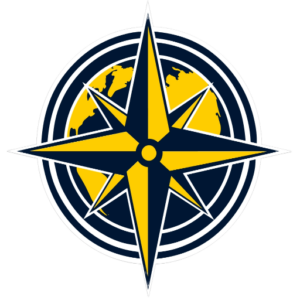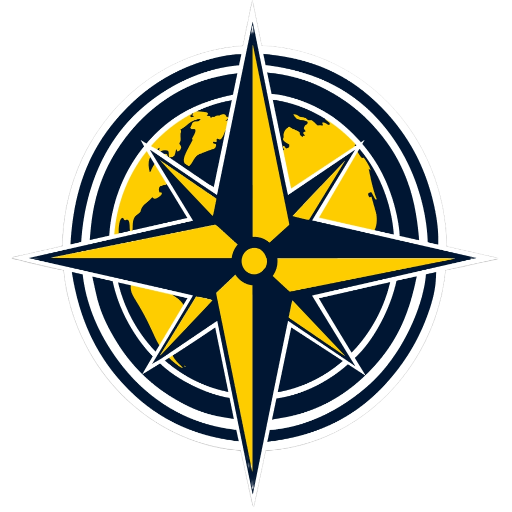Western Hemisphere
Western Hemisphere
An Overview
Geography:
The Western Hemisphere encompasses the Americas, parts of Europe and Africa, and a large portion of Antarctica. It is defined as the half of the Earth that lies west of the Prime Meridian and east of the 180th meridian. The center of the Western Hemisphere is located in the Pacific Ocean, among the Galápagos Islands.
Population:
The Western Hemisphere is home to diverse populations, with the Americas alone having a population of over one billion. Countries like the United States, Brazil, and Mexico are among the most populous.
Economy:
The Western Hemisphere has a varied economy, with the United States being the world’s largest economy. Natural resources like oil in Venezuela, agriculture in Brazil, and technology in the United States contribute significantly.
Political Landscape:
The political systems in the Western Hemisphere range from democracies like Canada and the United States to socialist regimes like Cuba. There are also various indigenous governance structures, especially in Latin America.
Climate:
The climate varies widely, from the Arctic conditions in northern Canada and Alaska to the tropical climates in the Caribbean and parts of South America. The region also experiences various natural disasters like hurricanes in the Caribbean and wildfires in the western United States.

